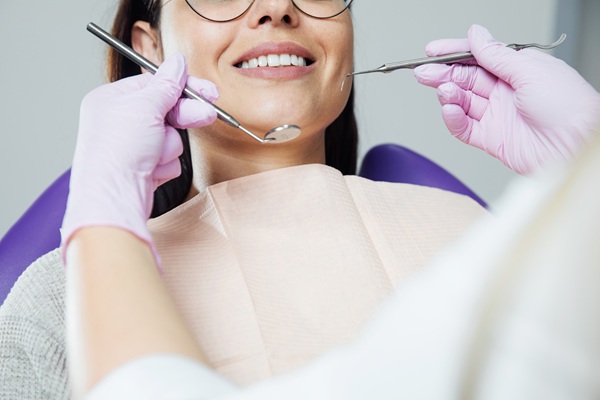How an Orthodontist Corrects Jaw Position

An orthodontist strikes a balance between the least intrusive and the most effective treatments. For jaw misalignment, treatment almost always requires a combination of different measures. Here is what you need to know about how an orthodontist corrects this particular orthodontic problem.
An orthodontist describes dental, skeletal, and neuromuscular orthodontics
The nature and severity of orthodontic problems vary from person to person. Some people experience relatively minor effects, like a dent in self-confidence and difficulties with teeth cleaning. Others will live with effects like speech and breathing problems.
Minor orthodontic problems can stem from smaller issues like excess teeth in the mouth. Treatment for this type of issue can be as simple as timely or pre-emptive tooth extraction.
As a rule of thumb, orthodontic problems that affect an individual’s quality of life tend to have their origin in the jawbone. They often result from a malformation or misalignment of the jaw. These issues are often congenital, but they can develop as a result of injury or illness. Orthodontists often correct these problems by guiding the growth or healing of the jaw. They will craft a custom course of treatment that prevents the jaw muscles from snapping the jaw back into their old, undesirable alignment. Timely intervention goes a long way to improve the long-term outcome of severe jaw problems. Here are a few common treatments that align the jaw.
1. Braces correct minor misalignment of the jaws
Orthodontists use gradual, constant pressure to reposition specific teeth into optimal alignment. The precision of this course of treatment corrects the position of the jaw in the bargain. Braces are only effective on minor orthodontic issues caused by jaw abnormalities.
2. A combination of braces and extraoral appliances corrects a severe underbite or overbite
Braces apply corrective forces to the jaws from the inside of the mouth. A face mask or headgear complements the braces by applying corrective forces from the outside of the mouth.
Both these forces need to act on the jaws for extended periods, usually 12 hours per day, for 12 to 18 months. Many patients prefer to wear headgear at night, so they do not have to put up with it during the day. Headgear will treat an overbite, while facemask therapy will treat an underbite. An orthodontist can also incorporate a palatal expander into a more extensive treatment plan.
3. Corrective jaw surgery
Orthodontists only use this option as a last resort that corrects debilitating jaw disorders. An orthodontist will recommend the surgical correction of the jaw’s position as part of a larger treatment plan. Most patients will still need an orthodontic appliance in preparation for surgery or after they heal from the procedure.
A healthy and functional smile is within reach
Our orthodontist crafts custom treatment plans to correct a variety of orthodontic problems. Get in touch with us today to schedule a consultation at our Laguna Hills office.
Request an appointment here: https://www.orangecoastortho.com or call Orange Coast Orthodontics at (949) 860-1231 for an appointment in our Laguna Hills office.
Check out what others are saying about our dental services on Yelp: Orthodontist in Laguna Hills, CA.
Recent Posts
An orthodontist might recommend wearing a night guard if you have bruxism. The device prevents you from grinding your teeth while you sleep. Also known as an occlusal guard, a night guard is a custom-made removable device that fits between the lower and upper sets of teeth. The appliance provides a cushion that prevents you…
If you are told your child needs braces, but you do not like the idea of traditional metal braces, you might consider ceramic braces as another option. To help determine if these are the right option for your child, we have compiled a list of frequently asked questions about alternative ceramic braces.One of the main…
Are you searching for an "orthodontist near me"? Read on to learn more. Having crooked or unevenly spaced teeth is not just an aesthetic issue. For many, the most noticeable change is in their level of self-image. Your teeth alignment makes it easy for plaque to build up, which in turn increases your risk of…
Curious about orthodontic treatment? Read on to learn more. Straight teeth and properly aligned jaws make for a healthy and functional smile. Many people are lucky to have naturally straight teeth, but others require orthodontic intervention to correct overcrowding, gaps, or misalignment. In some cases, orthodontic therapy can extend far beyond repositioning the teeth in…


